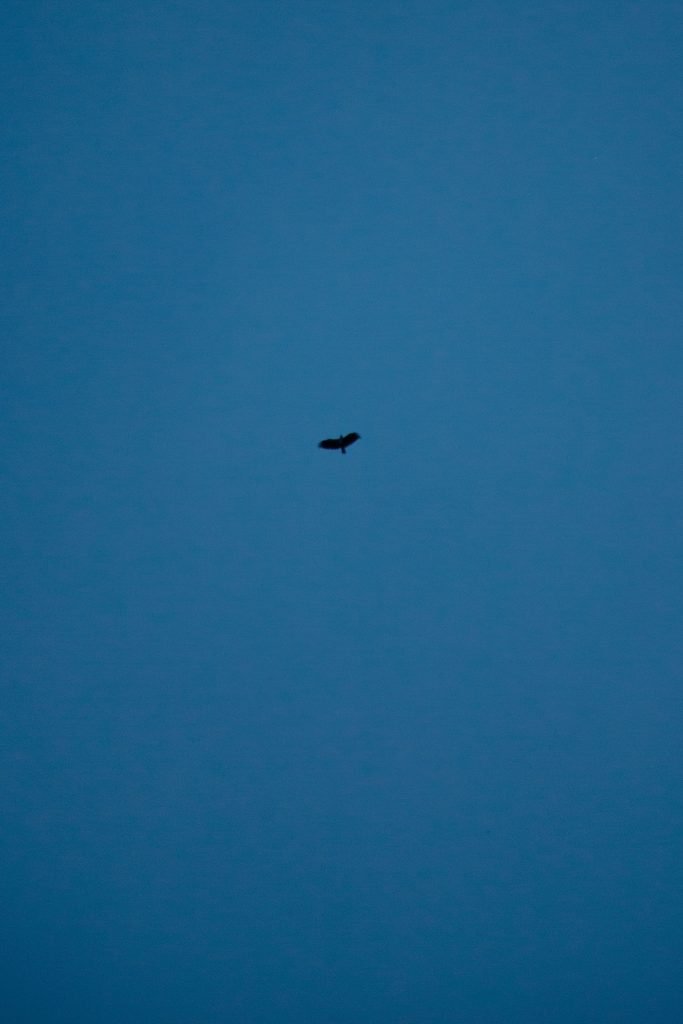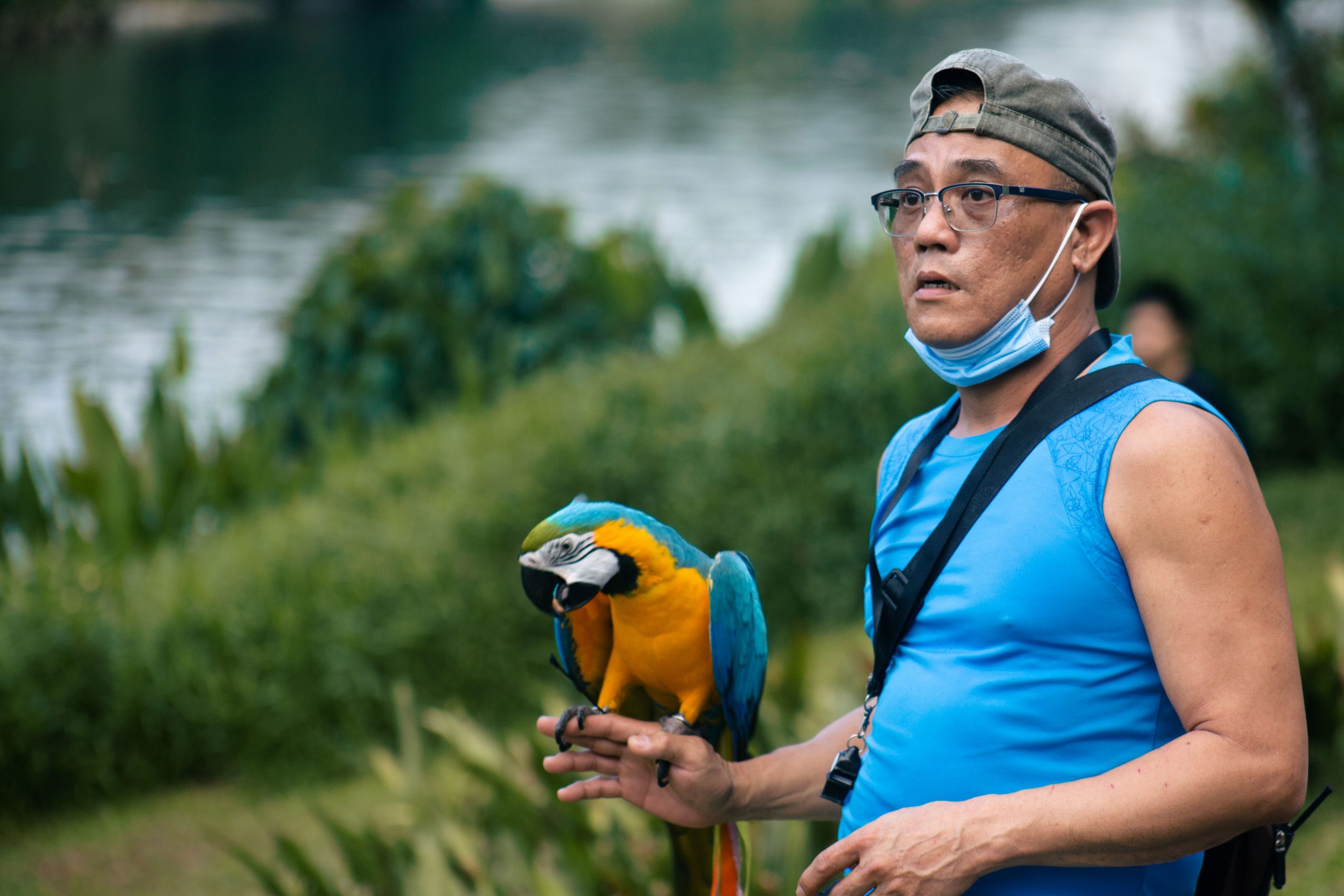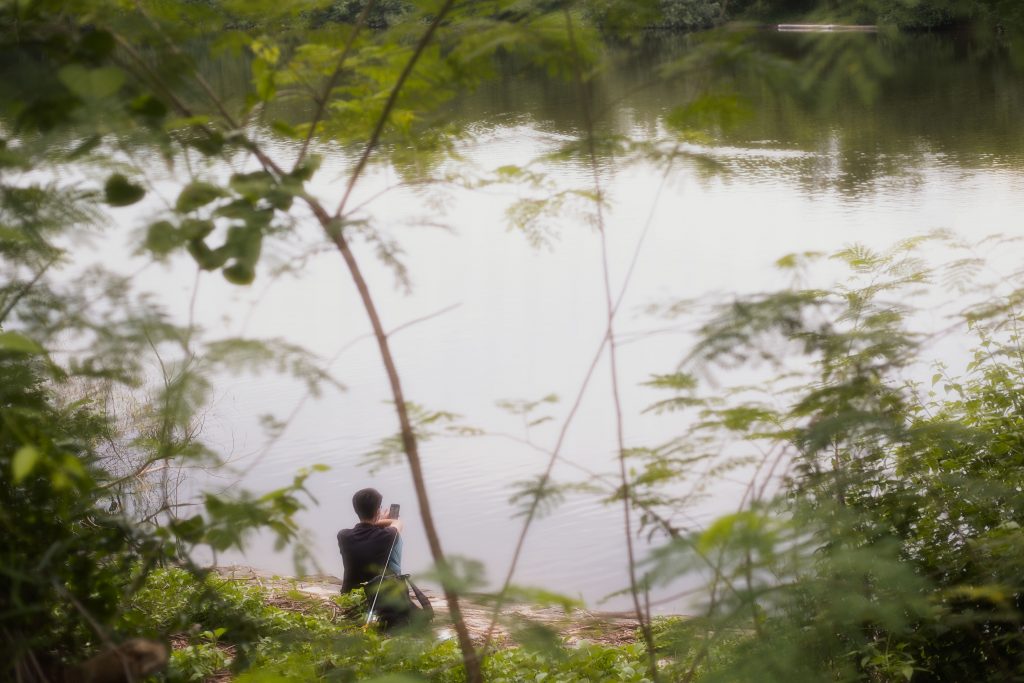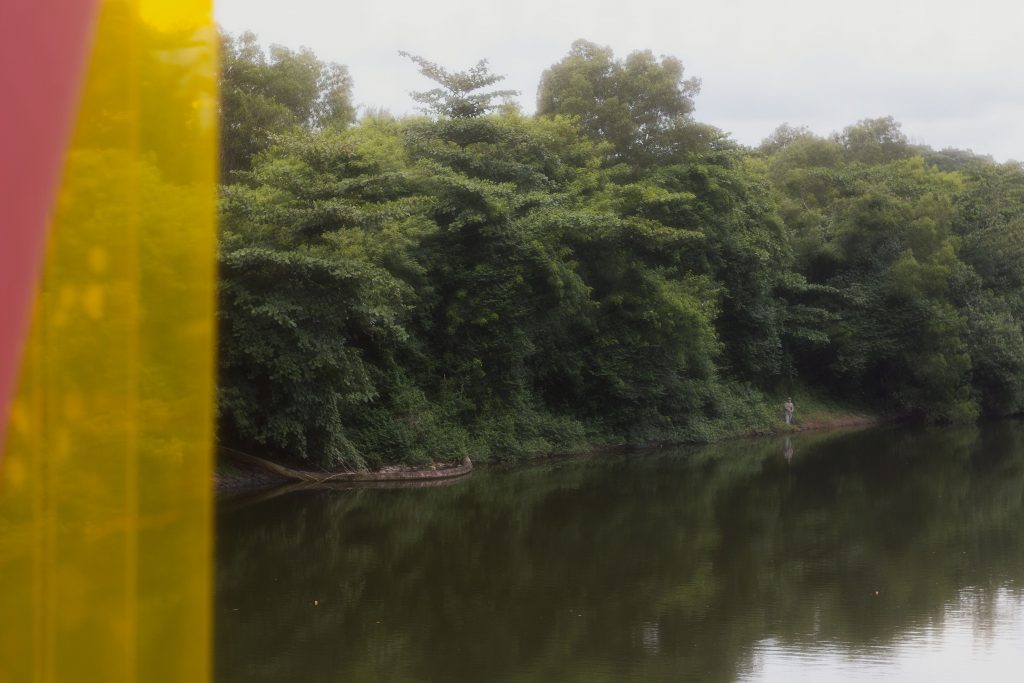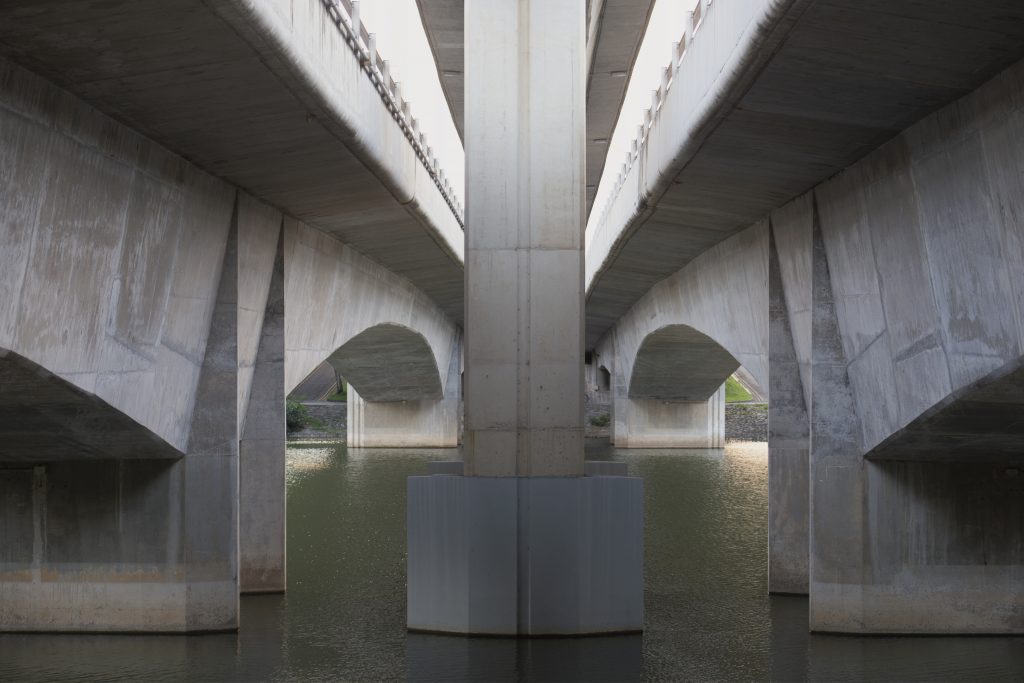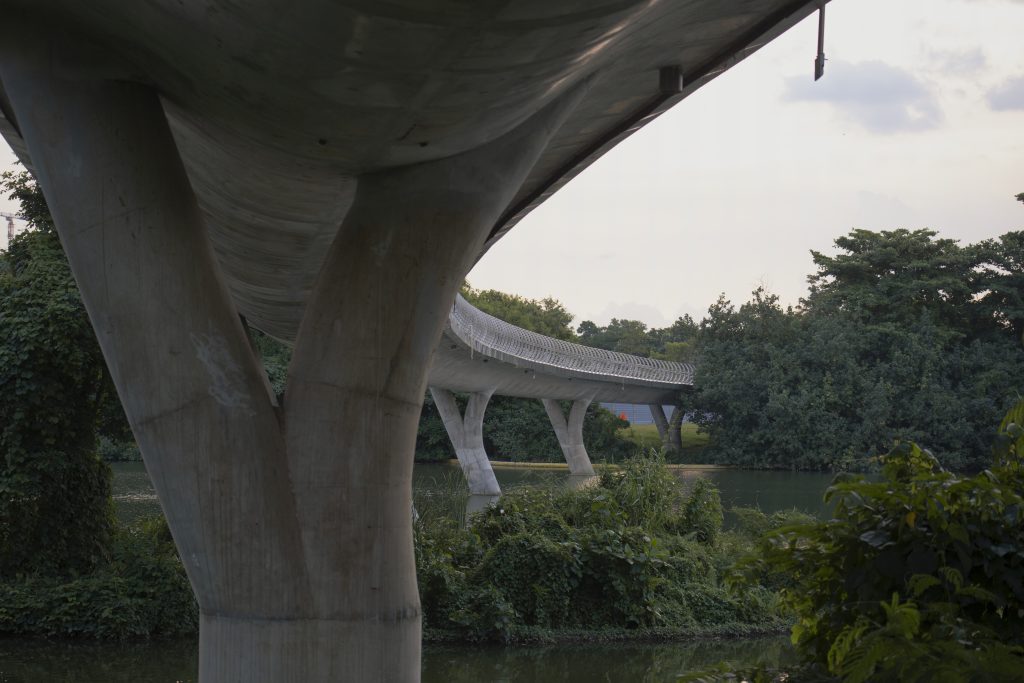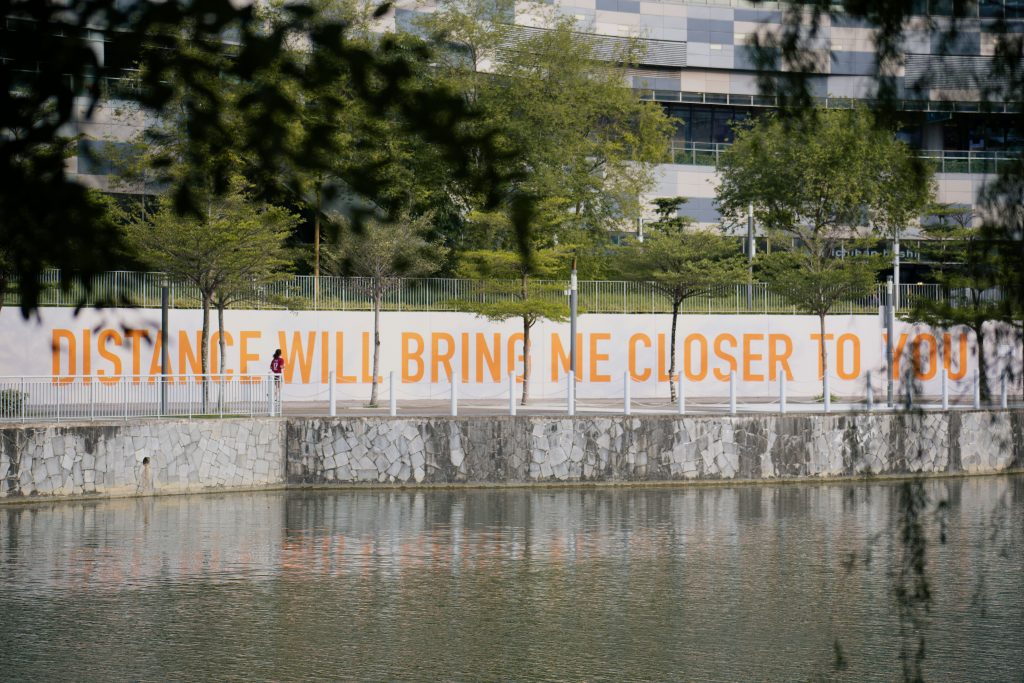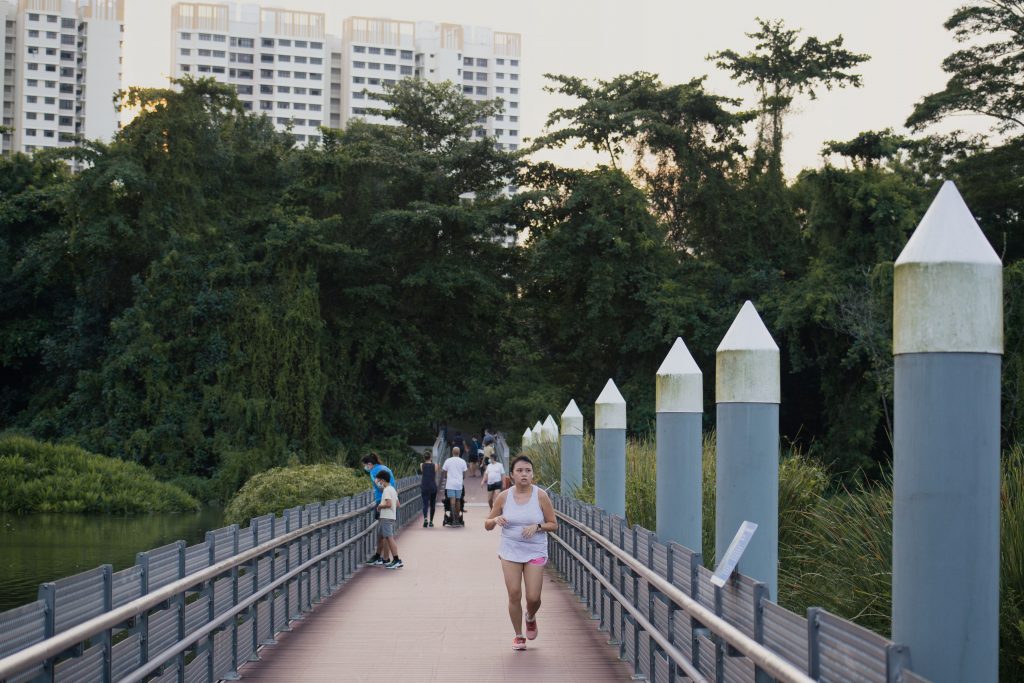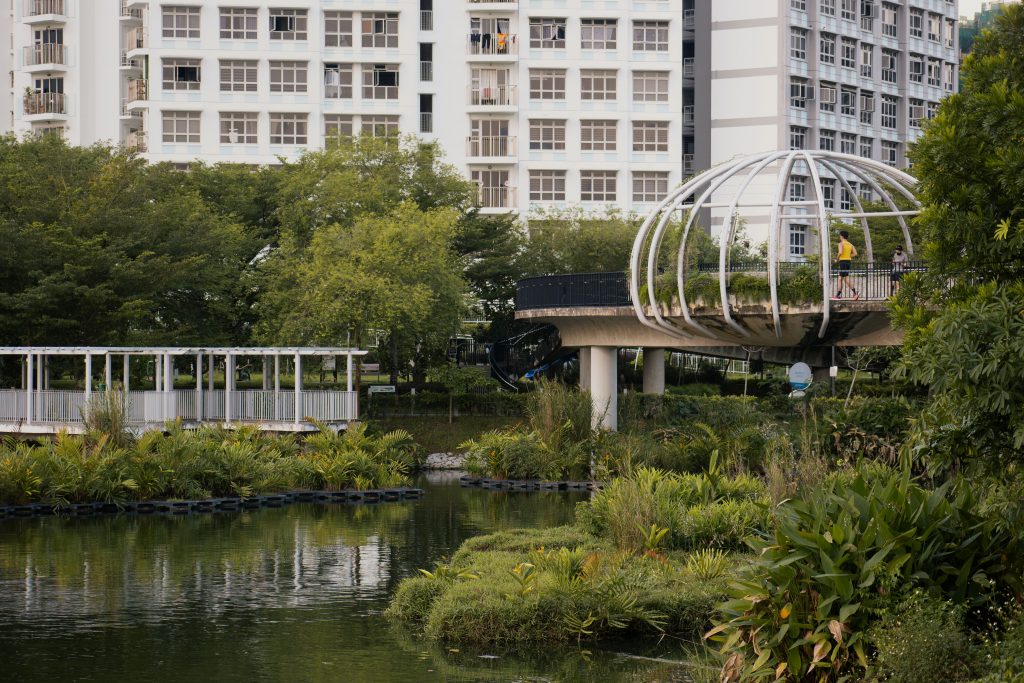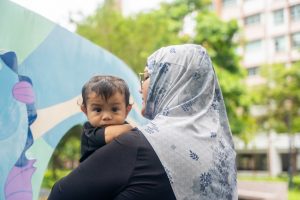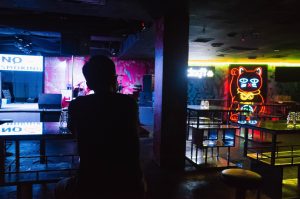All original photography by Marisse Caine.
What does it mean to be Singaporean? Many will say that being Singaporean means speaking Singlish, or being kiasu. But in recent years, it can feel like being Singaporean is all about being in a constant state of change—constantly measuring trade-offs against bets on future growth, having to re-establish our identities as the spaces around us face a seemingly never-ending cycle of being torn down and built up, taking with them intimate memories and slices of our culture.
ADVERTISEMENT
This story is part of a series where we explore the spaces, subcultures, and stories of Singapore that may no longer exist as we pursue urbanisation and progress. It’s not just about conservation and nostalgia, but also about understanding why, as a nation, these transformations are sometimes necessary.
Previously, we wrote about Jalan Hang Jebat and Dover Forest. Here, a multimedia journalist takes us on a tour of the neighbourhoods that have shaped her life so far. As the heartlands continue to evolve, what does the future hold for us and the childhoods of future generations?

Ask most Singaporeans what they think of Sengkang, and you’ll meet with 1 of 2 responses. It’s either “Everything looks the same and confusing,” or, “Omg, so far and there’s nothing there.”
They wouldn’t be entirely wrong. The landscape here creates the impression of a kind of barrenness. Like there are only two lonely petrol kiosks in the entire stretch of 10.59 kilometres.
In the day, walking anywhere feels like a chore. Every destination feels hidden and spaced out, except for “that coffeeshop”, which I swear to God no one eats at. The rest of the coffeeshops blend into one numerical sequence—“Was it coffee shop 162 or 216? Who the hell knows anymore.”
Residents of Sengkang will be the first to tell you there’s nothing to eat here and there’s nothing to do. But amongst us, there is still an undeniable feeling of romanticism. Perhaps, we’ve grown so used to having the jungle at our doorstep, some of us don’t consciously note that it’s the landscape that has created our inclination towards slow living.
When I go for my daily walks to buy coffee or to watch the sunset, it’s easy to find my neighbours enjoying a moment of solitude by nature. I often wonder how they came to embrace this lifestyle? Do they know what “slow living” is? Or am I romanticising their loneliness?
One thing’s for sure: in Sengkang, people are super chill.
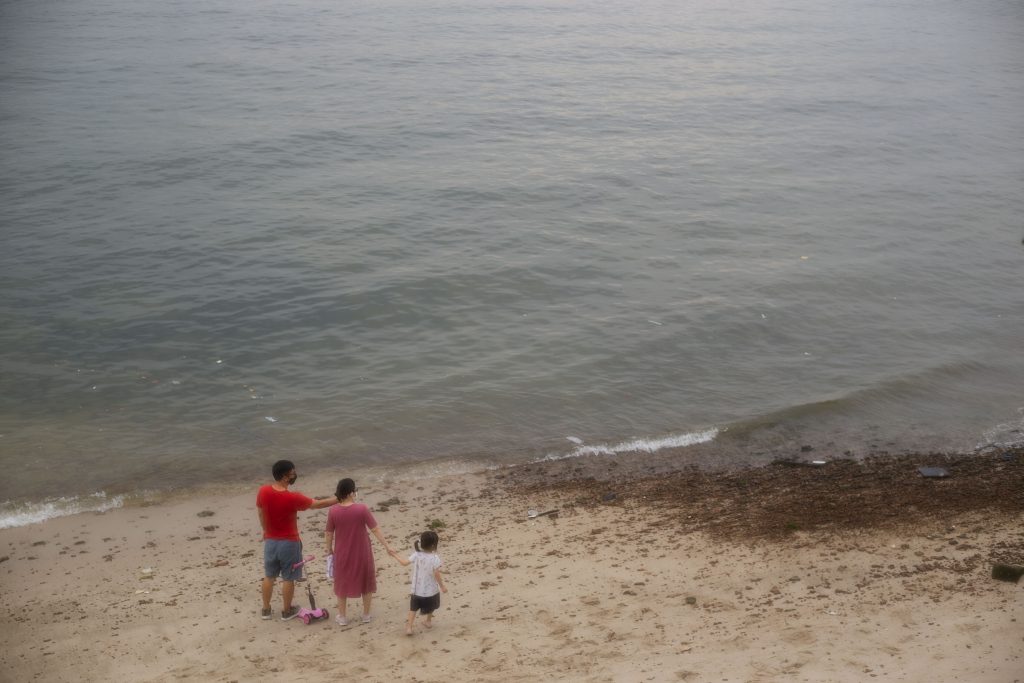
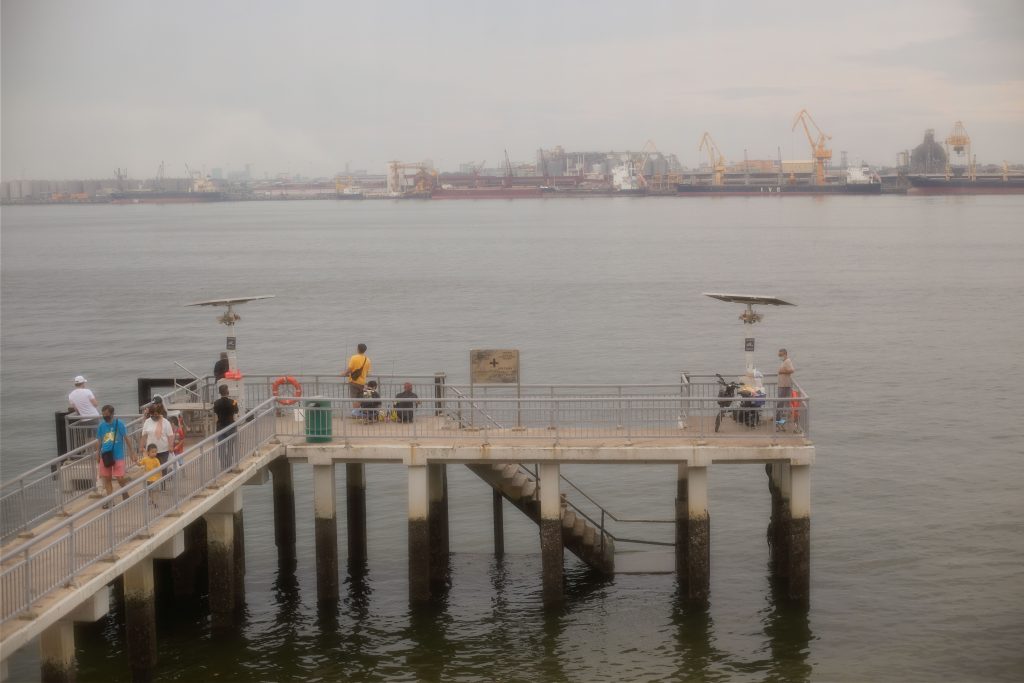
I too was guilty of harbouring similar sentiments towards the lack of bustle in Sengkang when I first moved here. Having lived in mature estates like Serangoon Avenue 3, my initial impression of Sengkang was that it was going to be a tumbleweed island. As the years passed and I slowly graduated into a seasoned resident, I’ve found myself wondering if some of this “nothingness” may be intentional.
ADVERTISEMENT
I’ve started to notice that even though it’s quiet, there is a communal spirit and mutual appreciation for the area. There is a shared umbrella stand at the bus stop, lines of shopping carts borrowed from the supermarket parked neatly by the sidewalk for communal use, a dog club on facebook that neighbours use to meet in the evening to walk their dogs together; even people gathering to watch the otters by the reservoir in the hours before sunset and after dinner.
And then radio silence after 9 PM.
Hardly anyone is out of their house. It’s like everyone here has gotten the hang of work life balance. It’s funny, I previously wasn’t looking forward to the aggressive convincing I was going to have to do in order to get my friends to come over. But now, I find myself getting offended when people tell me that Sengkang is boring. It’s like the old saying you know, “only boring people get bored.”
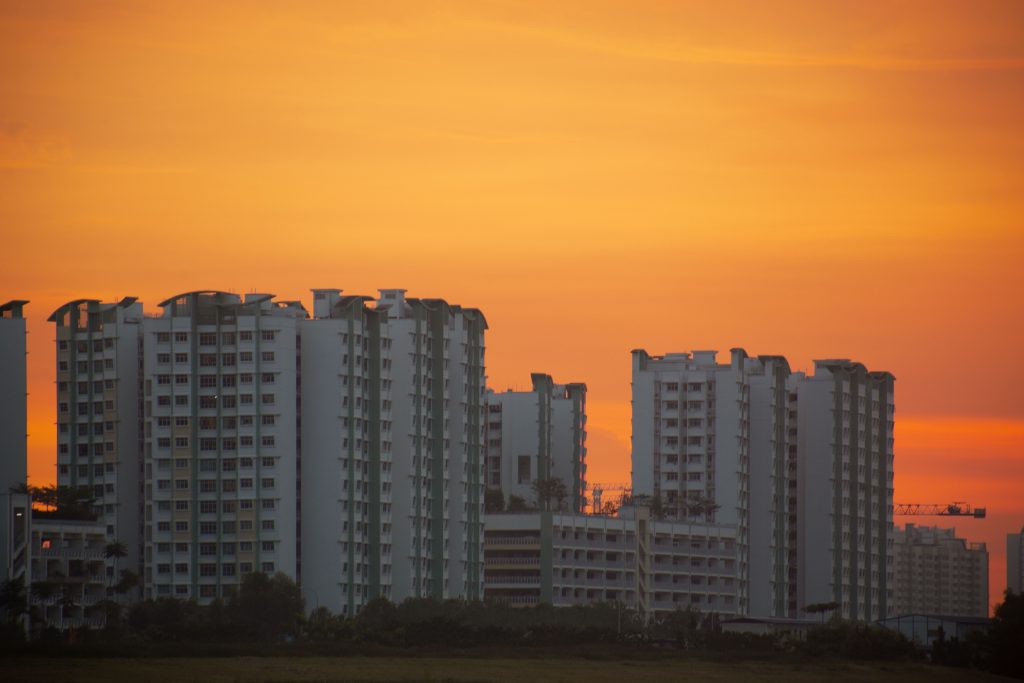

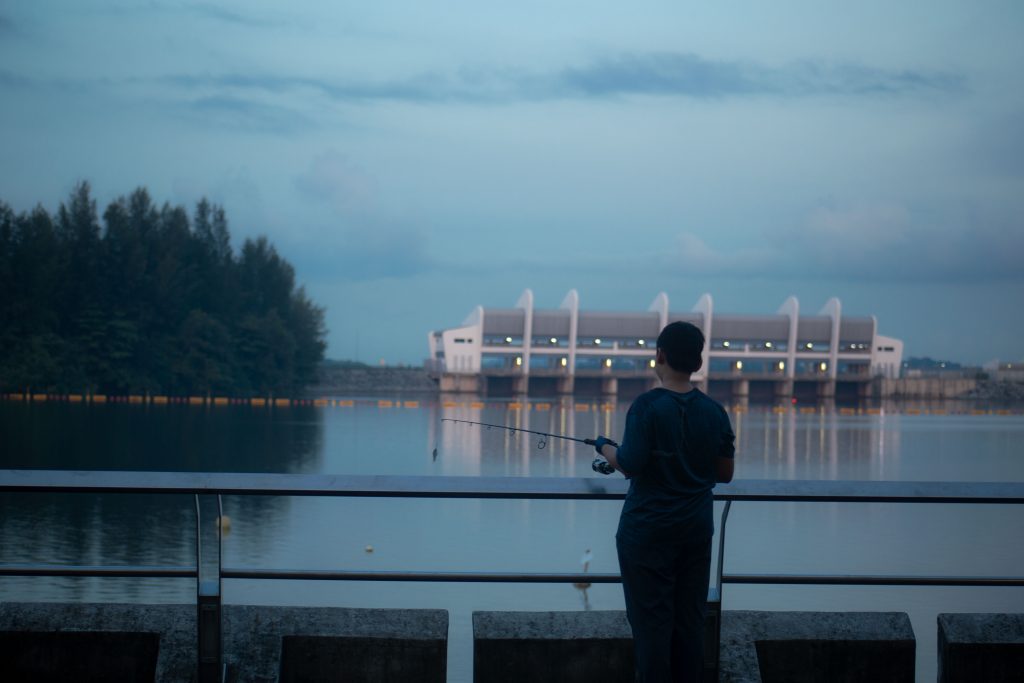
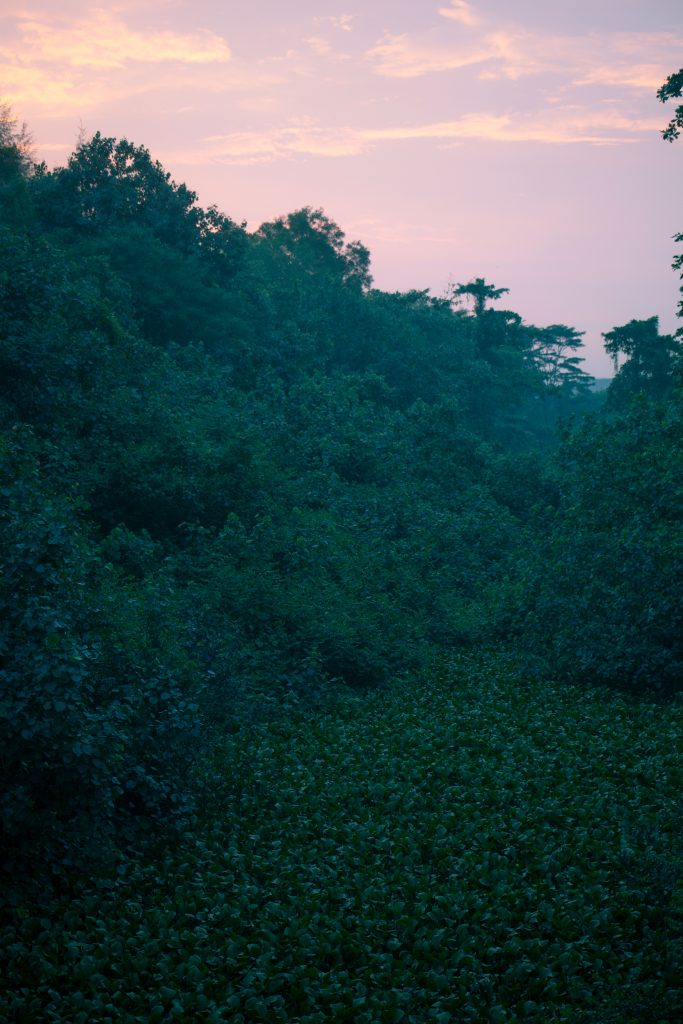
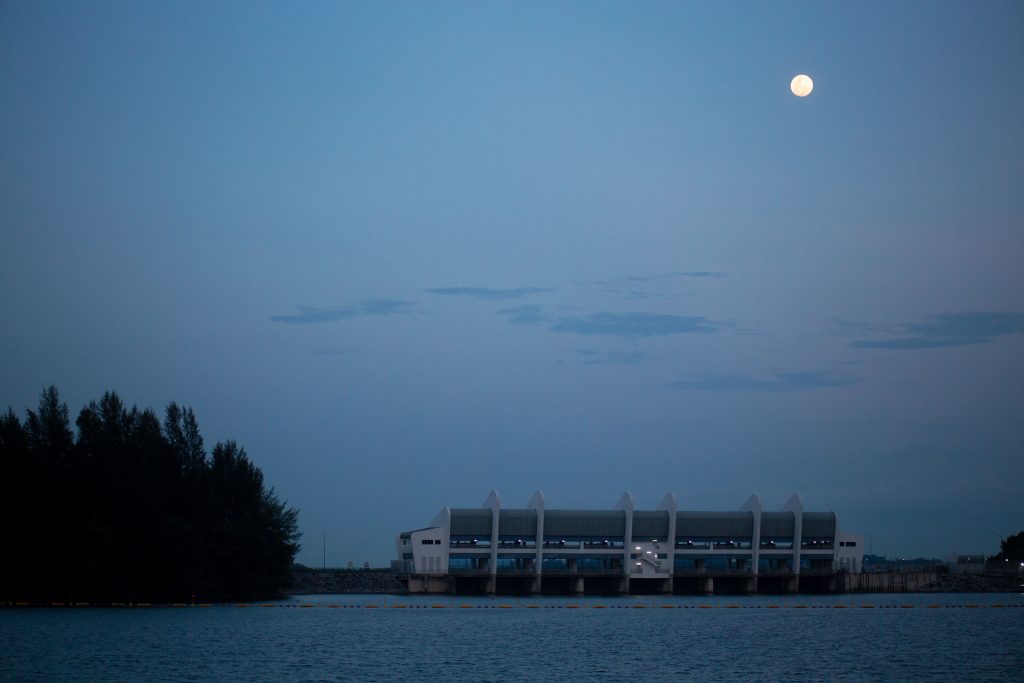
So there I was, half deprived of a mental vacation and with half an excuse to do something active for work. I decided to set out on a 5 day cycling “expedition” with the intention of showcasing my favourite sanctuary. To my surprise, although the place was familiar, in the midst of the saturated expedition, the journey began to deeply shift my attitude towards the Singapore Landscape.
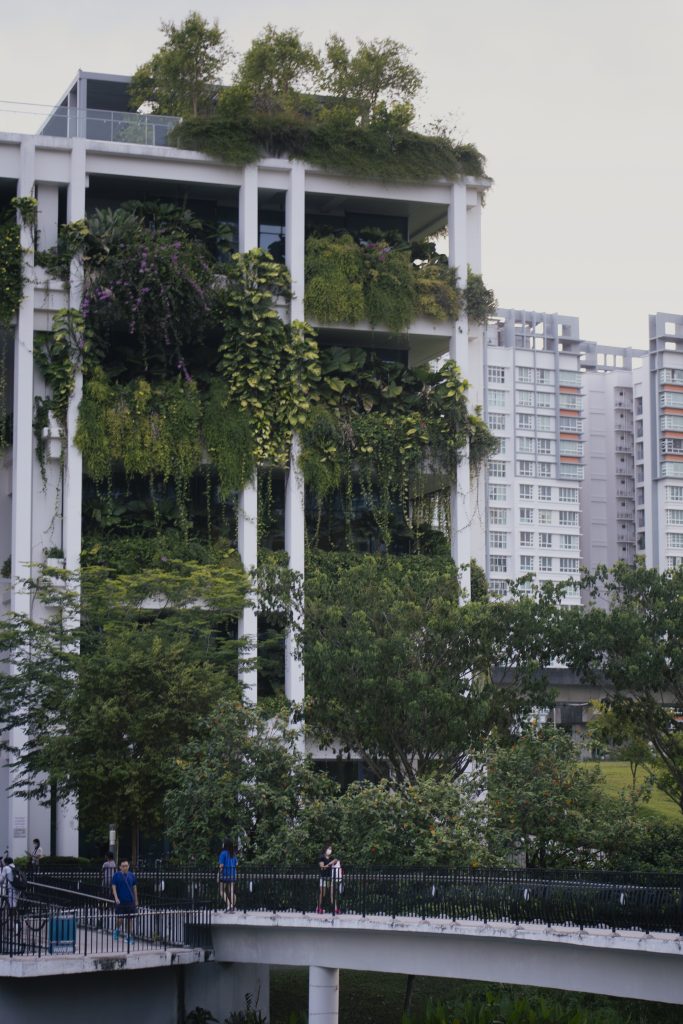
The bridge connects the mall to the residential area over a river.
Beyond the homogenous architecture, lies a hidden world of wonderment. Like I said, it feels as though it was intentional. It’s as if the architecture was designed in a way to reward people who are willing to take the scenic route. Hidden amongst the HDBs, is a rich land of biodiversity well integrated with spatial design. Some of the plants are curated but most of it is still native to the area.
With the old and the new in perfect harmony, it has birthed something Jurassic. It is a challenging or even impossible task to stop robbing our fellow animals of their habitats because of overpopulation. Could the blueprint of the north east possibly be a close answer to a compromise? I have no idea. I am not in urban planning and certainly not a scientist. Just a regular armchair critic in the feedback loop much like yourself, making sense of my environment.

The route to the west gate entrance of Coney Island from Oasis Mall is one to be marvelled at when I consider the progress of Singapore. It is probably my favourite development of the entire area in the district.
The estates in Punggol Waterway Ridge are divided by a canal and their balconies peek into the opening of the reservoir. It really doesn’t look like this anywhere else in Singapore besides Gardens by the Bay or Hort Park—a kind of aesthetic worthy of appreciation and recognition in years to come much like the gardens of England and Japan. Where nature meets quality living. If Venice, Pulau Ubin, Gardens by the bay and HDB had a baby it just might be the North East of Singapore.
Marcel Proust once said, “The real voyage of discovery consists not in seeing new sights, but in looking with new eyes.” Through this cycling expedition and the serendipitous encounters with people and animals along the way, this is exactly what Sengkang has given me.
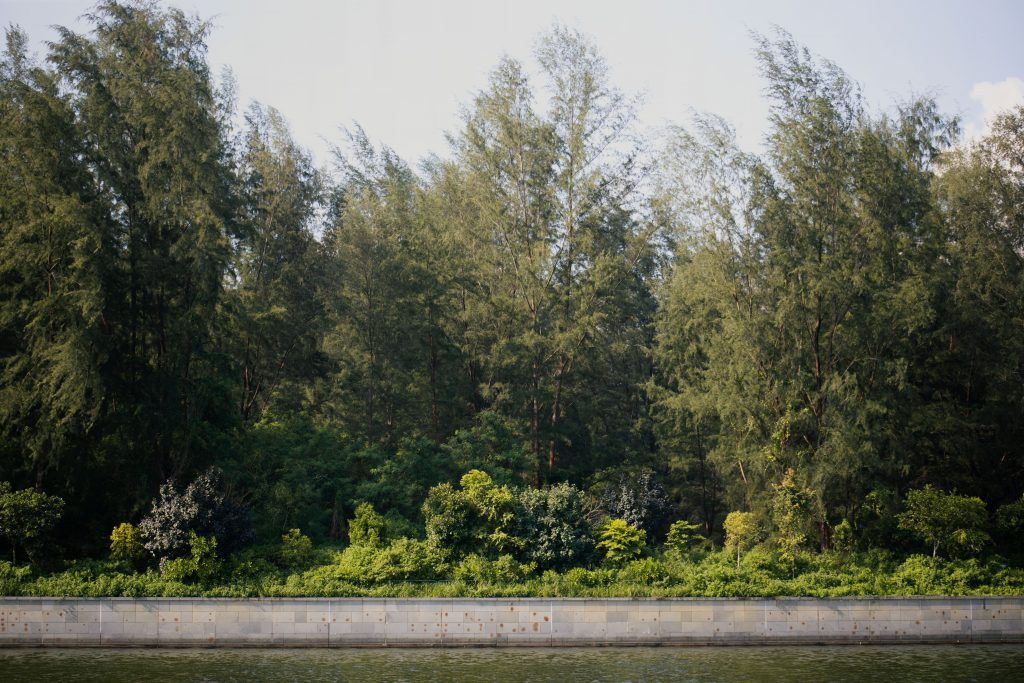
The real voyage of discovery consists not in seeing new sights, but in looking with new eyes.
-Marcel Proust
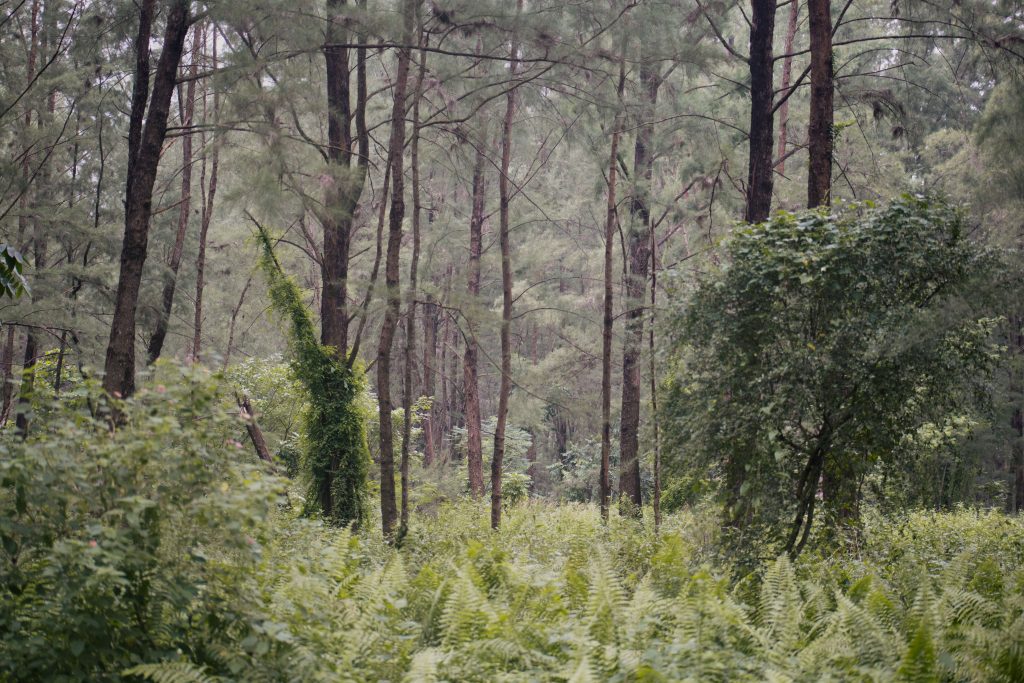
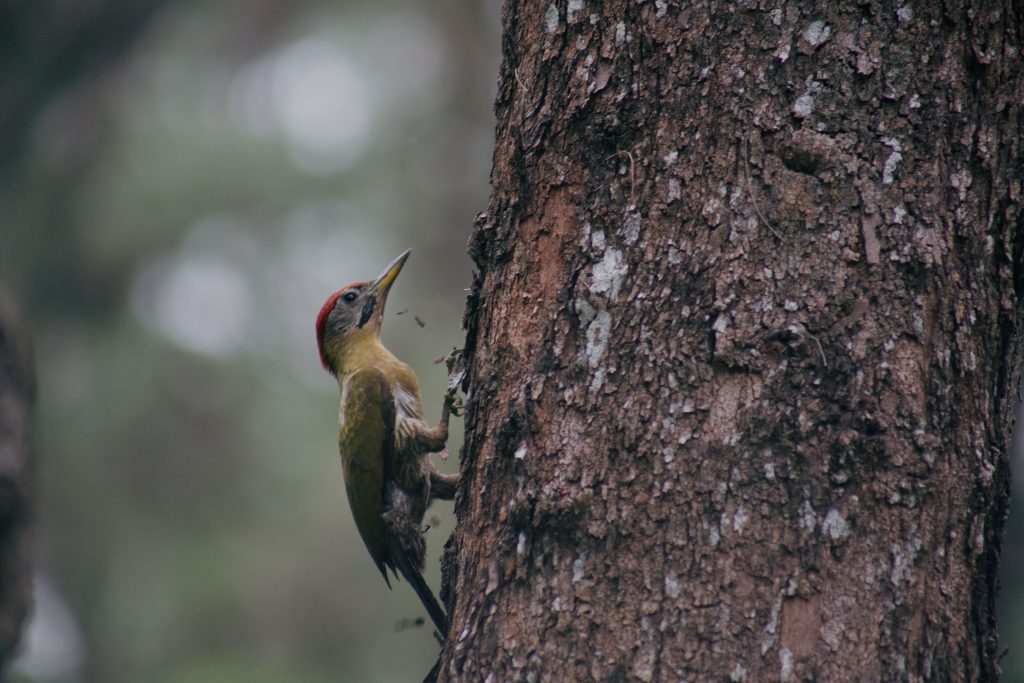

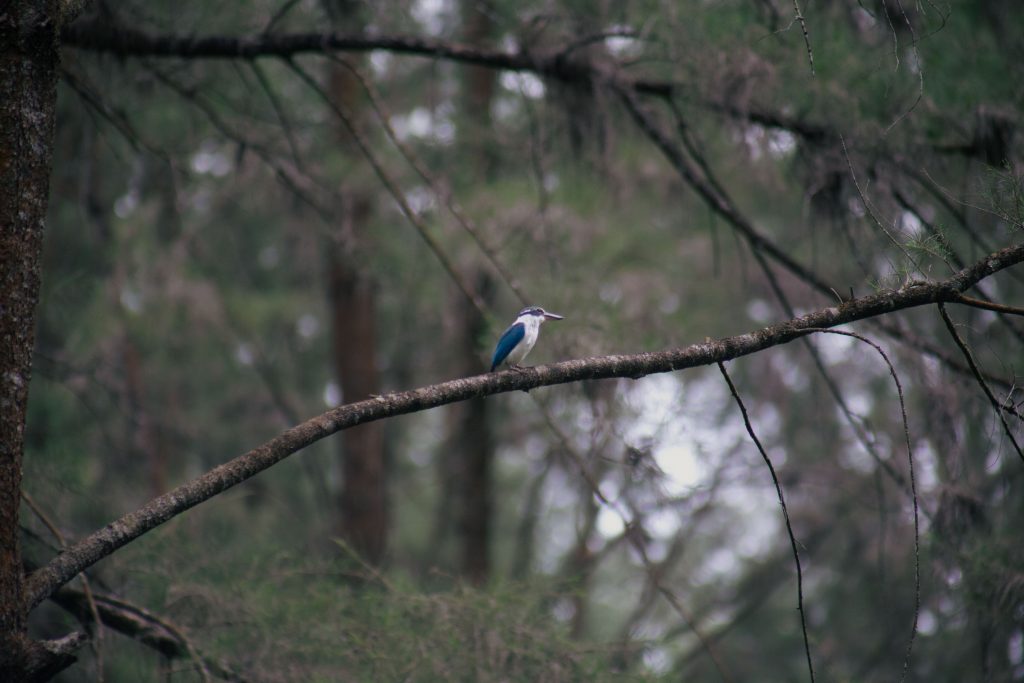

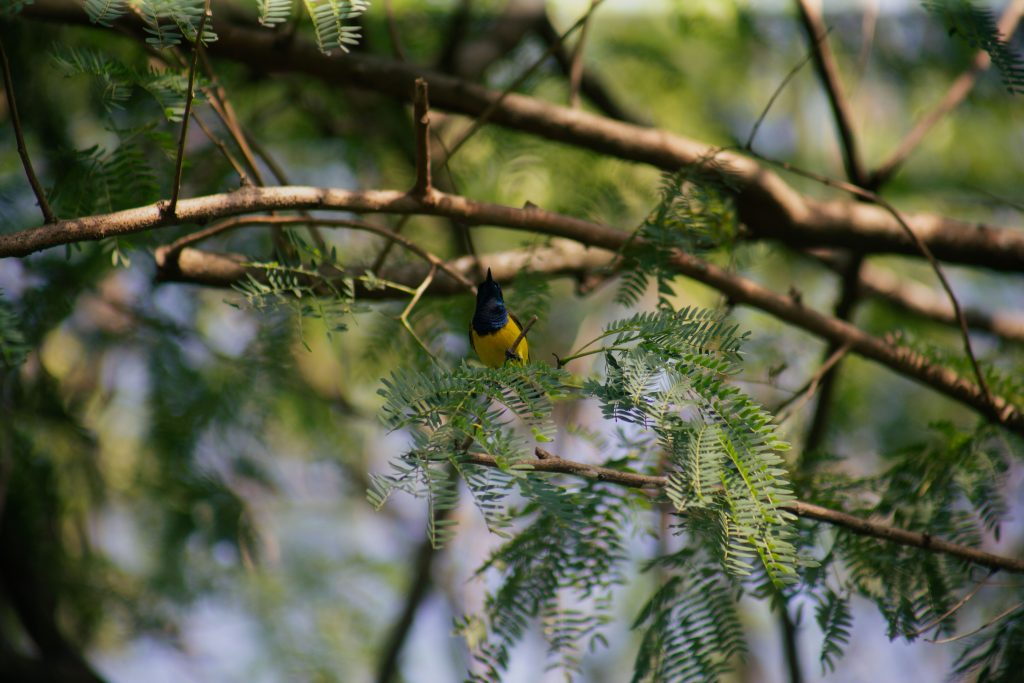
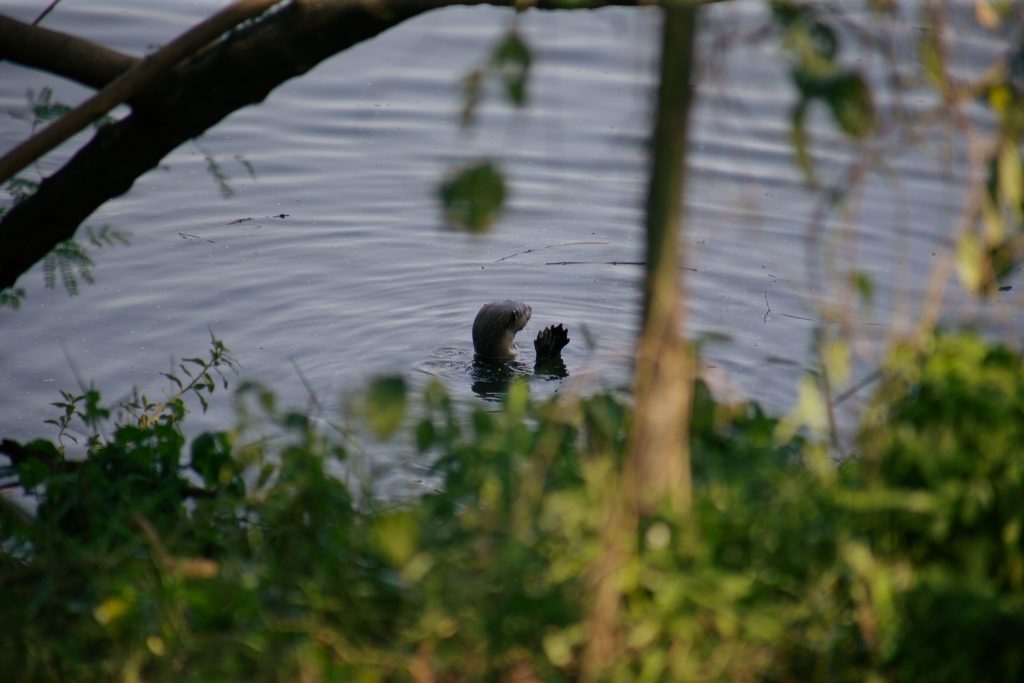
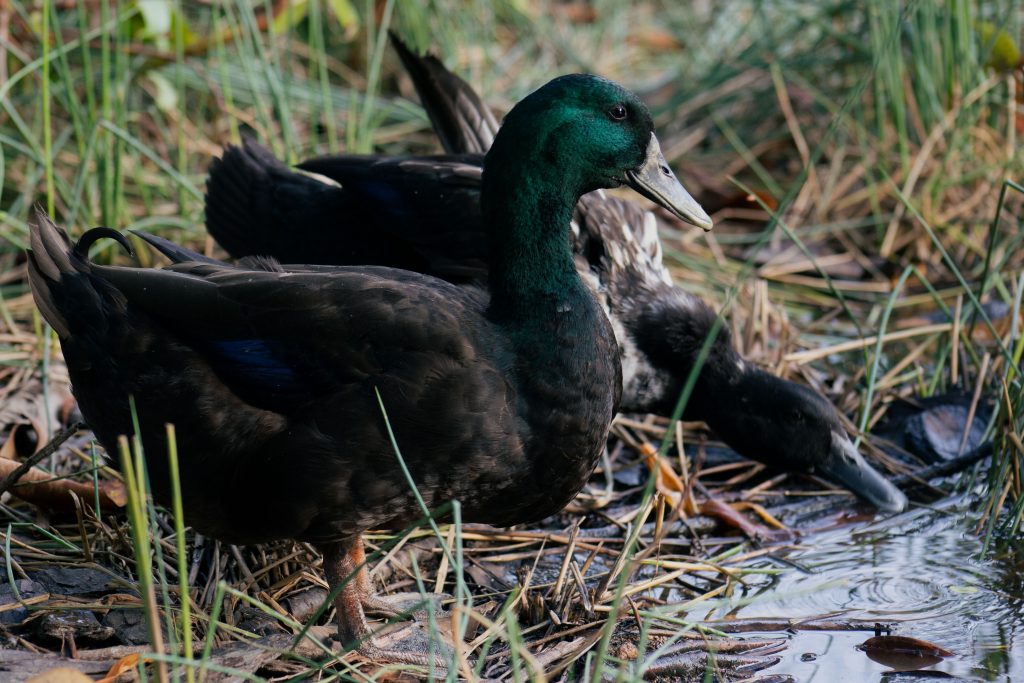
This started out as a cycling expedition to capture the laid-back disposition of the folks of Sengkang. But it’s ended up feeling like an anthropological study on why the folks of Sengkang are so laid-back.
When David Attenborough featured Singapore on his “Planet Earth” series for the BBC, I felt a moment of deep pride for my country. We currently have 15157 known species on our tiny island. It’s wild to think that I could pick up bubble tea, and then see a raptor and monitor lizard, all in the same day on the same stretch of road. We truly are the tropics first and a city second.
As I made my way with my new fake Nat Geo hobby, taking in my environment, I started to notice the many human bodies perched close to the shore mimicking the animals in the vicinity. I thought it was pretty funny. We like to think we’re more evolved than animals, but in the end, the same things give us pleasure. The sun, the green, and just being.





Did the pandemic change us for the better as we were locked away in our homes? Or has it made us crazy?
On my trip, I witnessed a guy “walking his parrots” while the rest of the residents crowded around and watched in awe. It dawned on me then that the mood of my entire trip had been a non-stop “What is going on sia?!”


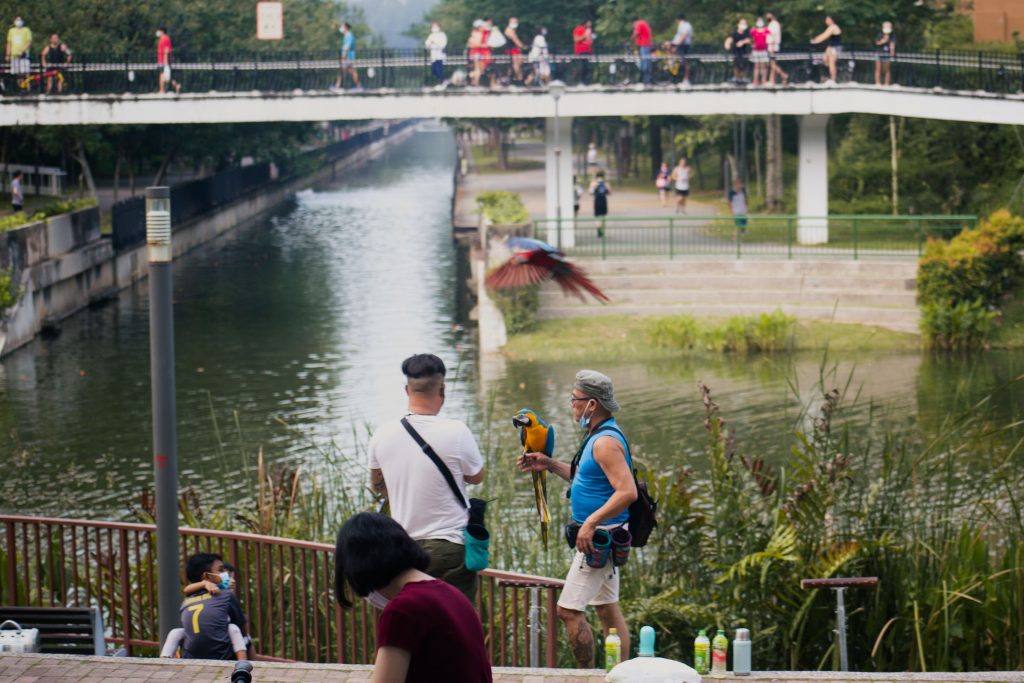
One other thing I noticed was that cameras in action are always a sign of a good time. As the sun set, I spotted the most adorable thing ever. A lone lady with a camera stand for her mobile phone so she could take a selfie with the skyline. Everyone climbing the hills just to get a good view.
I love this about Sengkang, that people here really know how to enjoy life’s simple pleasures.
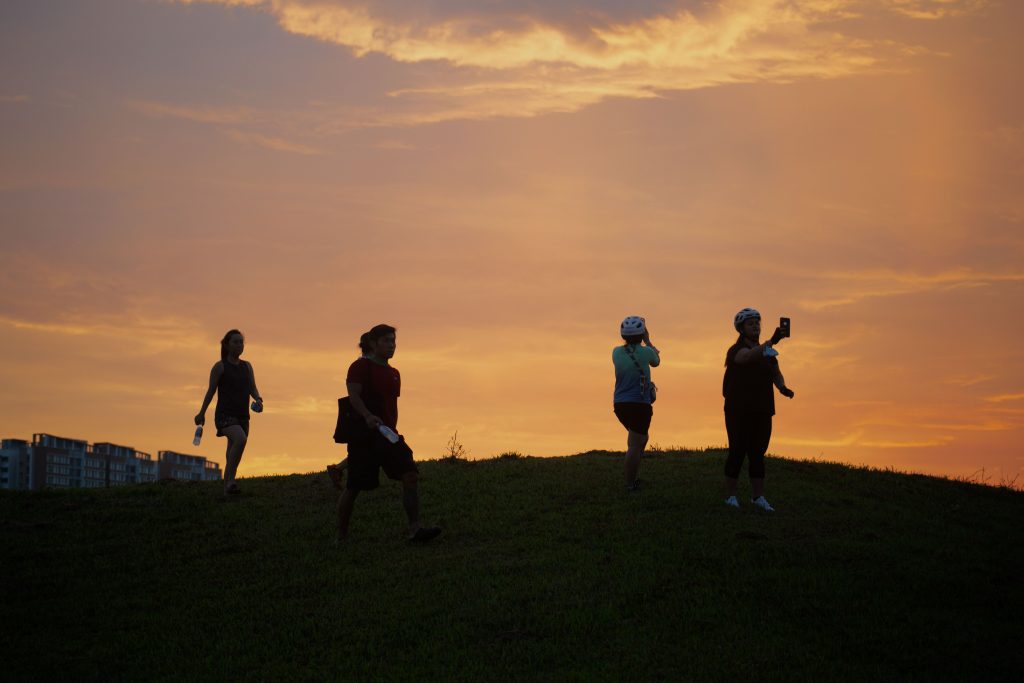
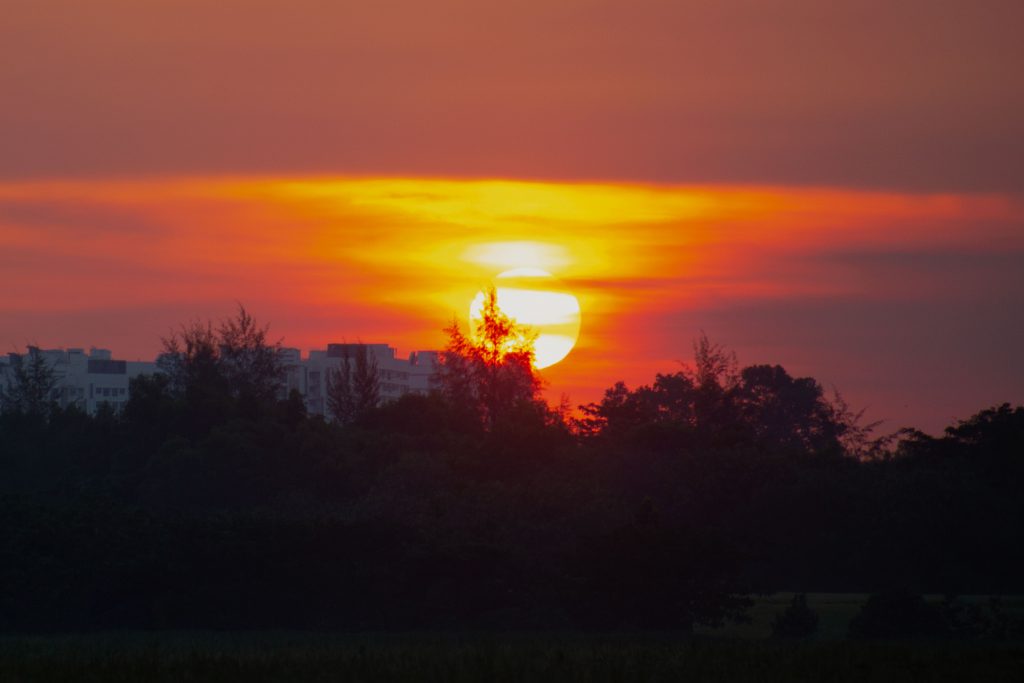
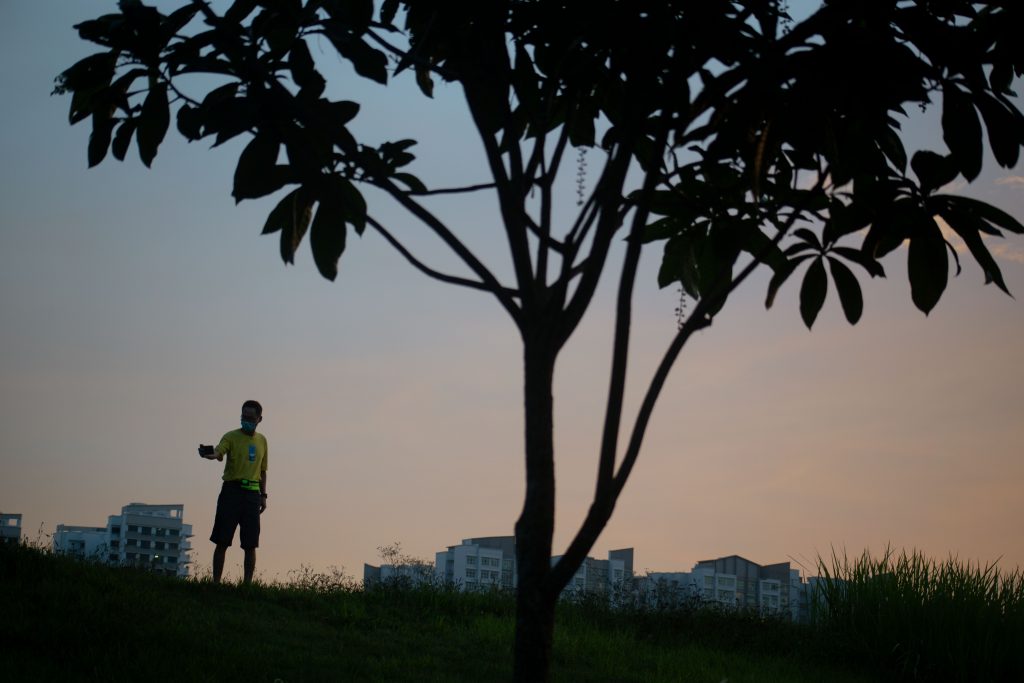
At sunset, the park connecter can get so crowded with joggers that sometimes people are literally running one behind another. But during this particular sunset, I was surprised to find a massive group of people who seemed to be waiting for something to happen. I asked a stranger what was going on, and he told me that everyone was waiting to see the blood moon.
Singaporeans flouting safe distancing rules for the moon. I never thought this day would come. The stranger even said to me, “Like ZoukOut ah?”
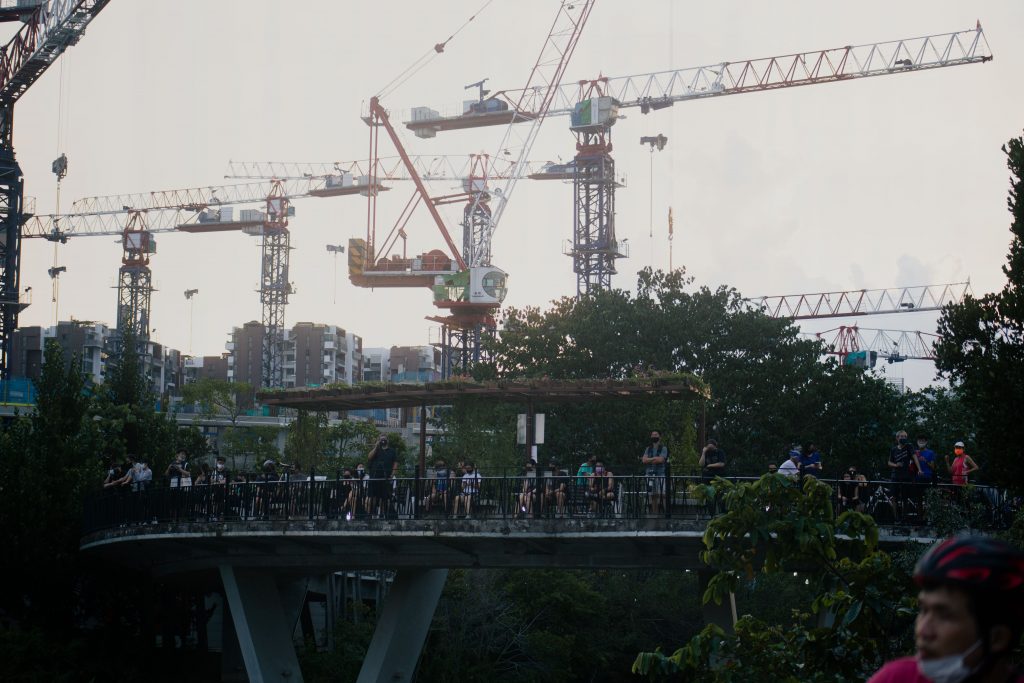
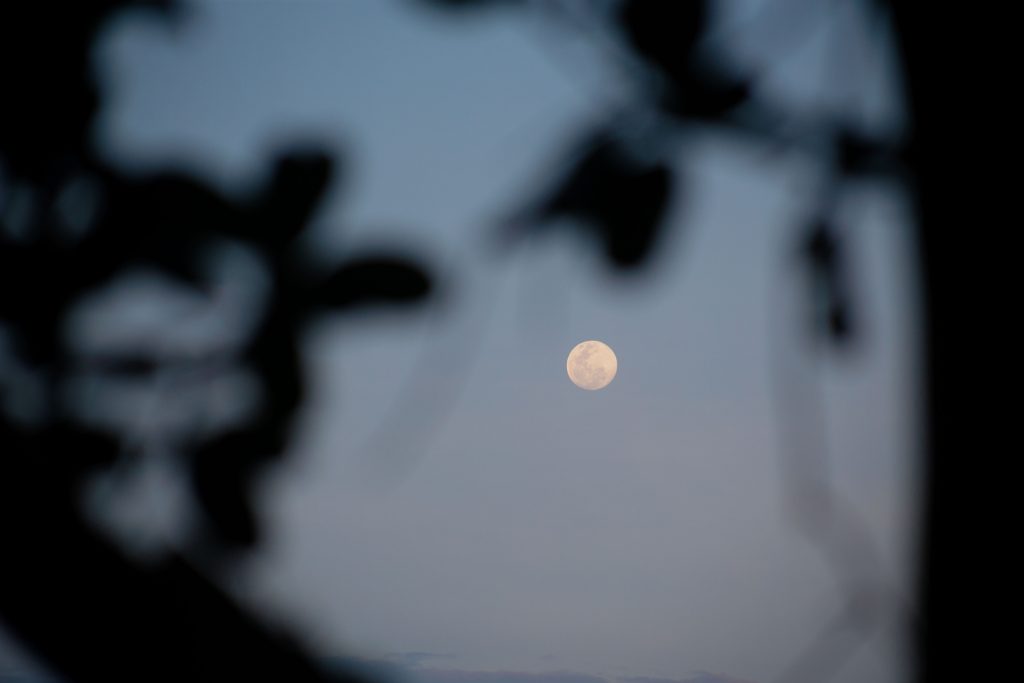
I had not known Singapore well before this trip, and now I find myself behaving like a boomer. My Facebook wall is filled with reposts from other citizen scientists in the Nature Society and Sungei Buloh Nature Facebook groups. I find myself gearing up for updates on our native White-bellied Sea Eagle, completely mesmerised by the commitment of fellow Singaporeans to sharing their discoveries.
Maybe the pandemic has had an influence on why we’re suddenly so besotted by our environment. Could this be progress towards Singaporeans becoming more eco-literate? Could we potentially be moving towards taking more agency and becoming our own gardeners? We are, after all, a garden city.
